Wanna see whats in the bag?
VIDEO: Jeep Prank
VIDEO: Jeep Prank
Reenacting a Jeep Prank — talk about a fun shoot, right? In fact, it could be the most fun I have ever had on a motion project. One of the main goals of this project was to have authentic footage and in order to have that authentic feel, we needed to set down the cinematic glass, and pick up some cell phones and GoPro’s. As a professional its always hard replacing my pro equipment with amateur gear, but it was the right move and made the film more dynamic.
It all started the year 1999, with a prank that originated from my “wilder” times. With cooperation from a couple of my friends, I decided to pack my buddy’s Jeep — door to door — with fall leaves. We died in laughter as we watched him try to enter his car in a suit and tie on his way to a job interview. I thought recreating this moment would be a lot of fun and give me a great excuse to hang with some friends on set.
Just to gather all the leaves was a challenge. I think I racked about 4 to 5 carloads of leaves. The more you shove in there, the more they flatten down, so we needed a ton of leaves. Being careful to get undamaged leaves was a must and after a few car trips, and a lot of bags, my garage was filled to the brim with leaves.
Seeing as, I was going to be shooting this project on pro cameras, cell phone cameras, and GoPro’s I had to call my DP and camera wizard, Buddy Thomas. I needed an extra eye that understood the cameras, their capabilities, and how to use them to our advantage. Since I knew that I would be busy with shooting and directing, I put Buddy in charge of the pranksters’ phones and GoPro’s. Buddy gloriously managed four different types of recording devices. We ended with a nice mix of pro shots, shaky cell phone videos and unique GoPro footage.
The storytelling for the prank was directed, just as it would have happened. We placed more focus on hitting all the shots and angles during filming. It’s too hard to go back once you have dumped a few hundred pounds of leaves in a car, so we were meticulous as we moved along.
In the end, the silly Internet prank video was a joy to film. The final cut is all too reminiscent of the old days and makes for a good laugh with friends. Enjoy the film and don’t get any ideas…
2nd Place- Alumni Association of Brooks Institute of Photography
I was pretty stoked to find out that one of my sports images took 2nd place in the first AABI Visual Arts Contest titled “Nature vs. Man.”
2nd Place- Alumni Association of Brooks Institute of Photography
Joe Morahan takes 2nd place in the first AABI Visual Arts Contest titled “Nature vs. Man.”
Star Trails Illuminate the Night
Star Trails Illuminate the Night
The ability to bring the night to life with photographic magic is a cathartic experience. To the naked, untrained eye, night might seem to be a dark, boring stillness—but this is to miss out on the beauty and motion one can see only at night. From a photographic standpoint, shooting at night is quite difficult because of all the variables. But the results can be exquisite.
My vision was simple—a photograph of a huge, triumphant tree, framed by star trails as they moved through the night sky. Making my vision a reality proved far more complex. Many issues confronted me and thwarted an easy setup.
Finding the right tree on the right hill with the right slope took hours of hunting. At one point, I was about to conclude that no such site existed anywhere near where I was searching. Then, like magic, the perfect specimen appeared right in front of me near Solvang, California.
The next step was more technical, calculating just how I could get the exact exposure I wanted. I would need a moonless night to avoid ambient lighting. Years of nighttime shooting have given me the experience to determine in which direction the stars will rotate by using Polaris (the North Star) as my anchor point. I used this insight to my advantage to support the composition.
From previous photographic shoots, I knew that a good base exposure would be two hours at f/8 with ISO 400 film. Shooting such long exposures requires film, as digital efforts produce digital noise that would ruin the exposure.
It was a tricky setup, and a sturdy tripod was an absolute must— the slightest vibration or movement over two hours will ruin the desired effect. Proper framing of a shot at night is quite difficult, so I brought a flashlight and spent an hour or so framing what I believed would be the perfect setup. I set the focus at infinity and used a cable release to keep the shutter open for the two hours.
I had to wait nearly a month to get the moonless midnight I needed. I set up early and waited for the dark blue sky to fade into black. In the deep darkness I started the exposure, making sure the North Star was framed properly. Then I just waited and prayed all would turn out according to plan.
The next morning produced bad news. I studied the developed film and saw that the star trails through the skies were broken up with huge gaps between them. The gaps were caused by clouds that had passed high in the night sky.
INGREDIENTS
• Camera: Canon Elan
• Lens: EF 17–40mm f/4L USM
• Film: Fujichrome ISO 400
• Scanner: Nikon Scan 5000
• Computer: Power Mac G5
• Software: Photoshop CS2
• Other: Cable release, flash light, tripod
I had no option but to reshoot. I would never have imagined it would take four more attempts to get it right!
Weather predictions on the night of the last shoot called for a clear, cloudless night. This was lucky, as I found out the hard way that Solvang gets a lot of fog. I drove back to what I now affectionately called “my tree” and started the familiar routine.
I had been shooting approximately two hours when I noticed the fog rolling in over Solvang, creating an orange glow over the city. I made a conscious decision to continue the exposure for another 30 minutes, allowing ample time for the film to absorb the orange tint. When I studied the film the next morning I was amazed. It was a perfectly clean exposure and the sky looked incredible. It is in moments such as this that a photographer knows all that work is worth it!
Rangefinder Magazine
July 2006
Rf Cookbook: by Joe Morahan
Star Trails Illuminate the Night
The Trees and the Stars- Star Trails
The Trees and the Stars
Surrounded by monstrous, magnificent trees while camping in Kings Canyon National Park, many opportunities to create great imagery flicker in the imagination. Around midnight while sitting near a campfire, I was inspired to create this picture.
I was gazing up intently through the treetops, amazed by how many stars were in the sky. In the city there are simply not that many stars visible; the ambient lights mask so much of the heavens. But here, away from the city lights, Kings Canyon was the perfect theater for the stars’ light show, and millions made their appearance known, flickering in the night for attention.
I was with my buddy Mike and his wife camping near a river. The tents were only 20 feet up from the bank, which provided a peaceful background noise, and the crackling of the fire made for a cozy, relaxing evening.
I sensed immediately the difficulty of capturing this shot. As a photographer, I know great shots don’t just happen. Mike, his wife and I had been trekking through Sequoia National Park for two weeks, and we’d each shot 30 rolls of film. This shot, however, would take some doing.
INGREDIENTS• Camera: Canon Elan• Lens: Canon 17–40mm f/5.6• Film: Kodak ISO 400 transparency film• Scanner: Nikon Scan 5000• Computer: Power Mac G5• Software: Photoshop CS2• Other: Cable release, flashlight, tripod
I knew I needed a bigger fire to help pump light onto the trees. They were hundreds of feet tall, and I needed light to reach the tops. Mike and I gathered dry firewood near the river. The fallen trees were too huge, but there were branches that made good firewood. As we broke the branches to throw into the fire, a sliver broke loose and shot into my eye. We found the park rangers, and they were able to extract the sliver. With a patch over one eye, I was still determined to get the shot; visiting a doctor could wait until morning!
Back at the campsite, we finished gathering wood (more carefully this time). The fire was now throwing off sufficient light so I could begin the shoot. I grabbed my tripod and camera, and set up. I was having a hard time framing the shot as the eye patch covered my shooting eye. I made the calculations, pointed the camera nearly straight up on its sturdy tripod, and started shooting. I was uncertain how much light was actually hitting the top of the trees, but I was able to approximate it with my light meter.
I wanted at least 45 minutes of exposure so the stars would have time to twist in the sky. I did a total of four frames, each at 45 minutes. I stoked the fire for the first two and let the fire die down naturally for the last two— a roughly calibrated bracketing with less light hitting the tree tops on each progressive shot. To obtain more light, we had backed a four-wheel drive down a slope so the headlights would illuminate the tree tops. They were daytime lights, yielding a color temperature of 5500°K and producing a green shade in the tree tops.
After two weeks of roughing it in the forest, I looked forward to viewing the film back in Santa Barbara. While I was interested in seeing whether certain shots had turned out, I was simply blown away by this one. I could not believe my eyes. The shot was everything I imagined. And to think, all it took was a campfire, car headlights, an eye patch and, of course, a little help from Mother Nature.
Rangefinder Magazine
September 2006
Rf Cookbook by Joe Morahan
The Trees and the Stars- Star Trails
Rangefinder Magazine- My Last Day on Earth
By Joe Morahan
For nearly a month this past summer I was on Safari across southern Africa, traveling through Namibia on Africa’s Atlantic west coast through Botswana and into Tanzania bordering the Indian Ocean on the east coast.
In each camp I stayed, people from all over the world had come to witness Africa’s beautiful, vast, and varied landscapes and its amazing wildlife. They seem relaxed, at ease, and very rested. Their days and nights were spent viewing the animals, sharing safari experiences with fellow campers while sipping tea and having every need or want satisfied by helpful, courteous, pampering camp staffers. The only thing working in Africa during their stay in the bush was their wallets. First class is, well, first class.
I, on the other hand was not relaxed, not at ease, and definitely not sitting back sipping tea, nor was I enjoying pina colada’s in the blazing African sun. I may have been ‘on safari’; but for me, this was no vacation. A photographer’s day begins long before sunrise, and ends well after sunset. To paraphrase an old Irish Proverb, ‘You can always sleep when you’re dead’. Well, I was close; I was dead on my feet! But oh my goodness, the beauty of Africa defies description.
For me the trip was an opportunity of a lifetime. The costs are high, and Africa’s fragile political landscape is constantly changing and rarely for the better. As a result, there would be no time to waste. Shoot Shoot shoot. Plan the shoot, shoot the plan. And then when not shooting, be ready to shoot. For in Africa you just never know what you will see next.
I’d work the safari and enjoy it later when I reviewed the work product. That was my plan. Easier said than done; for reviewing the work was a slightly more arduous task than I ever could have imagined. How long does it take to cull, edit and prepare a month’s work product? If you have 22,000 pictures to review, it takes a long time! But what a trip it must have been, for those relaxed campers! I now see in print what they were viewing live. I hope my work captured the essence of the African safari experience.
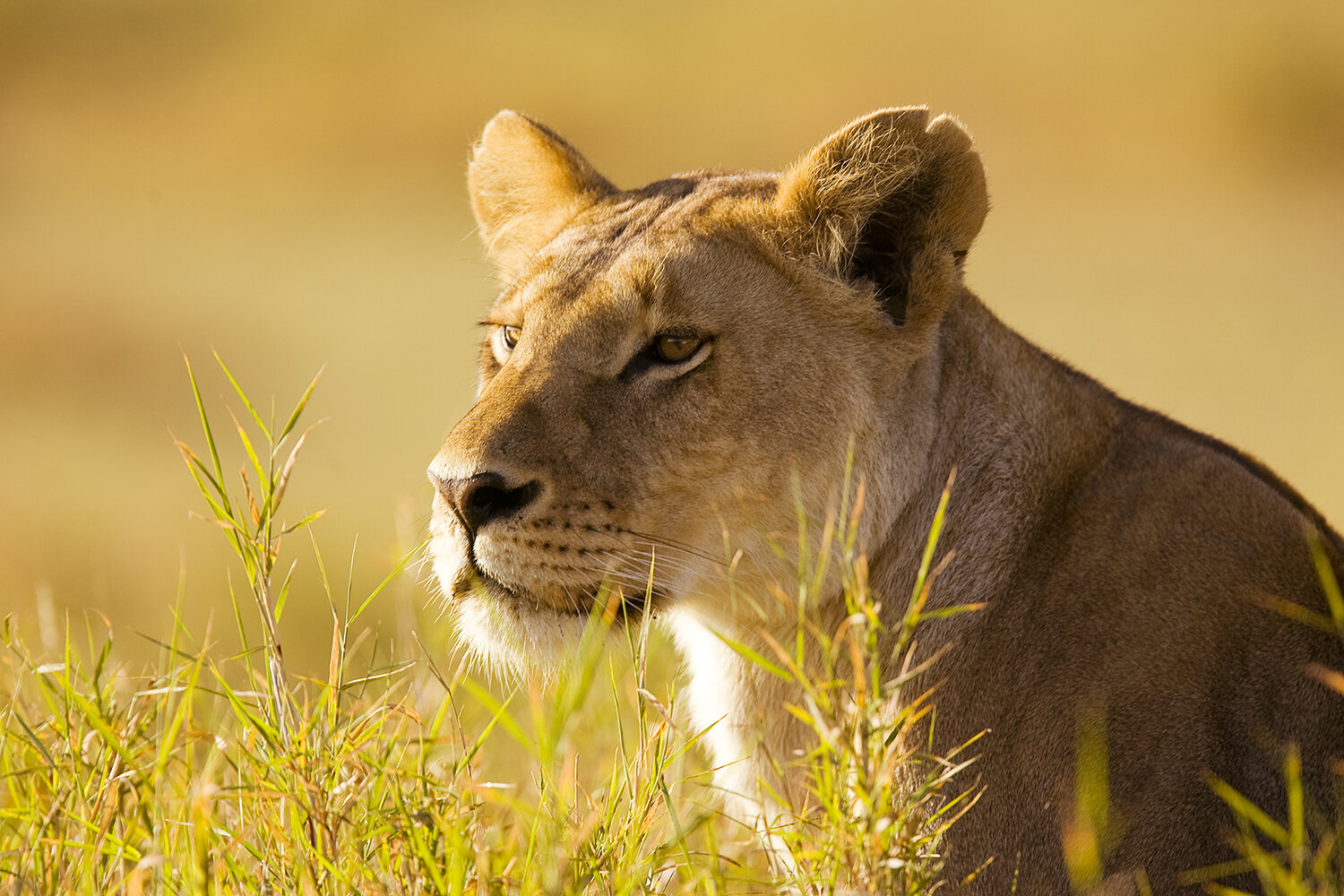
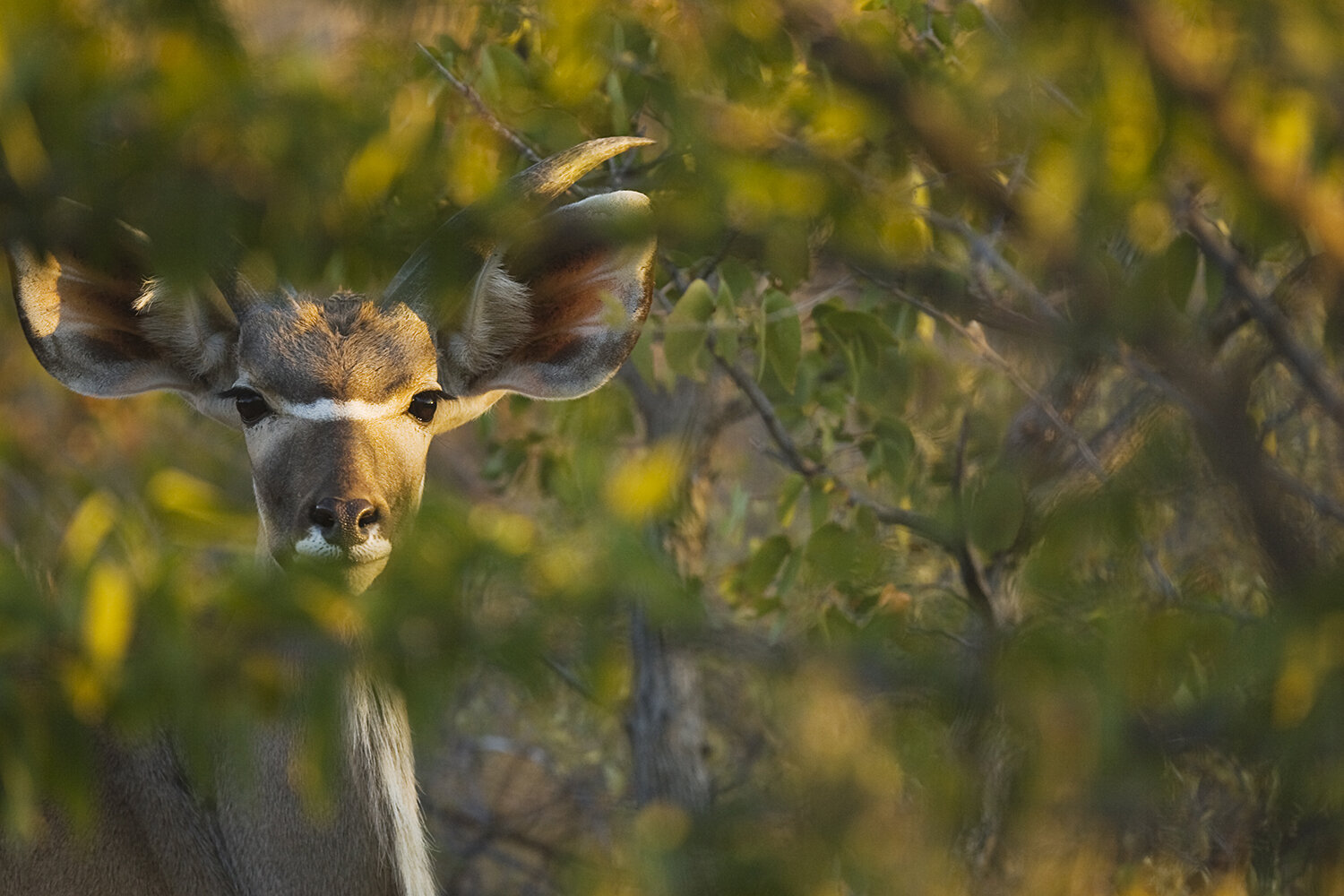
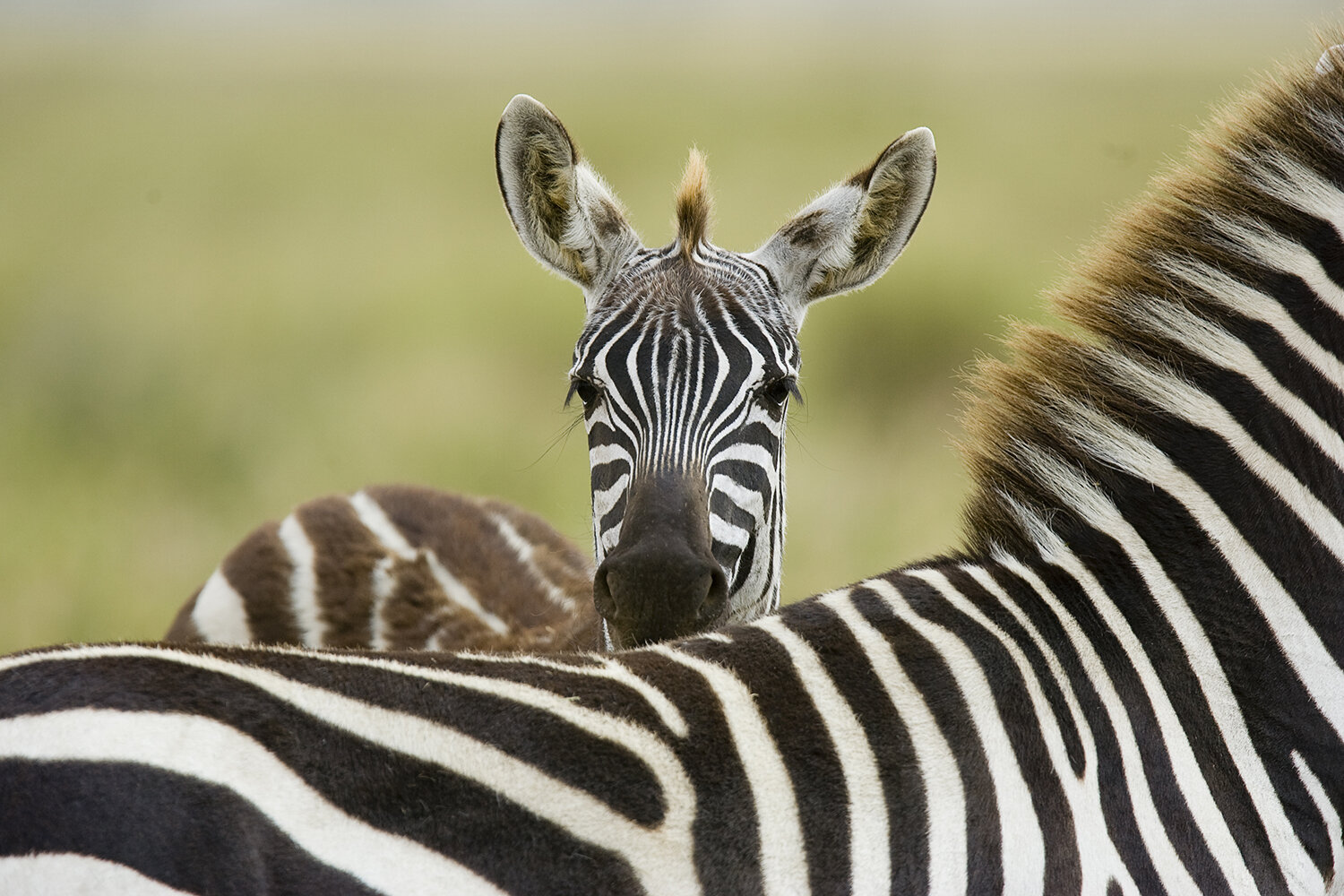
Each day began about 4:30 am. Gear in hand, wrapped snugly in blankets keeping me warm in the cool pre dawn hours, I hopped into our open roofed Toyota Land Cruisers. The animals move at first light and I wanted to be there when they began to prowl. I shot till noon. A quick shower, followed by a spectacular feast for lunch, we had two hours to down load cards, clean lenses, and review our notes before heading back out in the bush.
Dinner at eight, two hours of downloading, battery charging, planning the next day’s shoot. Dead in bed by eleven. Ready to do it all again the next day. How good can it get!
I shot in the Namib Desert and the Sossuvlei in Namibia, the Kalahari Desert and Okovango Delta region of Botswana, before shooting in the Ngorongoro crater and Serengeti plains of Tanzania. Knowing I might never be at any of these places again, I shot each day like it was my last day on earth.
It took two days of traveling to position ourselves in our first camp, Duma Tau deep in the Okavango Delta, Botswana. But it was well worth the effort. A big advantage for photographers in Botswana is the ability to drive off road, deep into the bush, in the quest to find the wildlife, very wary of dirt roads and people. Most African countries severely restrict safari vehicles to designated dirt trails. Observing the animals from a vehicle on a road can prove to be both visually restrictive and very frustrating.
Rangefinder Magazine- Shooting Like my Last Day on Earth by Joe Morahan
The Land Cruisers are perfect vehicles for bush travel, capable of traversing sandy desert terrain, crossing small rivers, and moving steadily through muck in swampy environments, climbing over downed trees, (a favorite trick of elephants whom want to reach the fruit on high branches which remain out of reach and simply knock them down), and crushing bushes that block the way in heavy thicketed areas.
I was rewarded for my efforts by filming four of the ‘big five’, Lion, Leopard, Buffalo and Elephant during our first twenty-four hours in the bush. Only the Rhino escaped us that first day.
Duma Tau is located on the edge of the Okovango Delta providing plenty of food and water for the animals, making it an attractive place for most forms of wildlife. There was no shortage of either game or action here.
Every hour or so we saw amazing sights; Lions leisurely making their way to a drinking hole at sunset, the other animals all scattering at their scent; coming upon two Cheetahs devouring the delectable delights of their kill; a quick face off between a pod of elephants and several cheetahs, who got the message quickly and slipped off into wilderness; and a very large hyena which intimidated two cheetahs away from their kill. An auspicious beginning.
We then flew into the heart of the Okovango delta, to an island camp named Xigera. Rainfall had been unusually heavy in the Angola mountains to the north in the past year and the runoff gradually made its way south to lower ground in the delta. As a result, there was no way into Xigera except by boat and the camp had been provisioned for nearly a year solely by boat, a logistical headache.
At Xigera, there were only two ways to view the wildlife, by macorros, indigenous hand-carved boats that resemble canoes. Piloted by tribesmen who propel them through the water by a stick they push against the muddy swamp bottom, the macorros glide silently through the reeds, stirring to life only the insects living amongst the tall water grasses. The other is by motorized flatbed boats very similar to the machines used by the locals in the Florida Everglades. You cover more territory by motorboat, but you appreciate more of the delta in a macorro.
However, a word of caution, there is little movement allowed in a macorro. Its sleek design is ingenious for slipping over or through the tall waterborne grasses, but it is not designed for surviving rough waters or weight shifting passengers. Flipping your macorro in the delta is potentially lethal; drowning is only one risk you assume. Other more dangerous risks include death by crocodile, hippopotamus, Cape Buffalo and all sorts of venomous watersnakes. Once you have seen lions swimming in the delta, one knows not to rock the boat!
Water everywhere makes shooting a bit more complicated, but does present advantages. Just before sunrise one morning, I noticed an impala relaxing in the reeds, awaiting the rise of the early morning Sun. As the sky began to light up just moments before the Sun would break through the horizon, I got an idea for a shot. We maneuvered the macorro into position so as to put the Sun’s reflection on the water directly behind the calm animal. It worked as planned. A beautiful shot. A great way to start the day, one image under my belt, only minutes after sunrise!
After a week in the world’s largest inland delta environment, it was time for a change. A flight to the Sossusvlei in Namibia would do that in spades.
The landscape in Sossusvlei looks like the surface of the moon; though on reflection, it’s rust red color made me think I was actually on Mars. Our twin engine plane circumnavigated the surrounding mountains and we landed in the middle of nowhere on a long dirt airstrip in an area devoid of buildings and people. There were no signs of any life whatsoever. Willowy but sparse eight inch high white grass grew out of the rocky surface and blew silently in the wind. The grasses your only companion in the Sosselvlei, during the heat of the day.
I shot an image from the landing strip that captures the rocky rust colored road we would need to take to get to camp. It was a curved road, trimmed by the tall bleached white grass, that ran ever so gently uphill to the horizon, where it met the bluest sky I have ever seen. We’d come along way to see the barren beauty of the Sossulvlei and its first impression was certainly impressive.
As starkly beautiful as the Sossulvlei was, we were not here to shoot the desert; the real prize lay two hours away. We were on the road by 4 am, racing towards the world’s largest and tallest complex of sand dunes. Nearly 40,000 square miles of monstrous, ever-changing dunes fill the landscape. The dunes turn fire red in the morning sun and yield fantastic images as the shadows cross the myriad of shapes the wind has carved in the sands. The natural built-in composition of the dunes is a photographer’s dream come true.
Situated more than a mile inside the dunes, just beyond the world’s tallest dune, a monster of a dune, known affectionately as, Big Daddy, is one of nature’s best kept secrets. Those willing to trek over the dunes out to the dead lake, called the deadvlei, are rewarded by the magnificent sight of petrified trees that have grown out of the bleached lake bed and stand like iron monuments under the fierce sun, surrounded nearly 360 degrees by monstrous dunes.
The lake dried out seven centuries ago, but the trees still stand tall and proud in their petrified state. In this part of Namibia, summer temperatures can exceed 120 degrees, with little rain. With humidity levels hovering near zero, there were simply no insects to attack the wood and the dunes shielded the trees from the bite of the high winds that rake the dunes. Hundreds of such petrified trees spot the dry lake bed, and demonstrate nature’s unlimited power to enthrall those willing to go out and find it.
A week in the desert, a week in the delta, four days on Mars, I mean Sossulvlei, we now looked forward to Tanzania. We started off our last week on Safari in arguably the real Garden of Eden, the Ngorongoro Crater.
Crater is really a misnomer as it was not formed by a meteor strike. Rather, it is actually a caldera, the fallen remains of the cone of a dead volcano. More than twelve miles in width, and covering more than 100 square miles, Noah might well have filled his ark here and floated out of Ngorongoro when the great floods occurred, so numerous are the species of animals in the crater.
Herds of thousands and thousands of Zebra and wildebeest fill the horizon, while well-fed lions take shade near the wheels of our safari vehicle. We sit there and wait for the King of the Jungle to rouse from his nap. Bored with lions lying only three feet from you, we gawk at the sight of tens of thousands of flamingoes that turn the lake waters red; shoot threatened rhinos as they feed in the wet areas of the crater. We catch a pack of thirty plus hyenas come upon a pride of lions enjoying the taste of a recent kill. The hyenas surround the lions, intent upon finishing the meal the lions started. But you go after the King, you better finish him off. The hyenas didn’t have the courage and a few angry lioness show the hyenas just who is boss. The hyenas back off. The lions sleep the sleep of kings next to their kill. The hyenas still wait their departure as we drive off.
We are spoiled; witnessing lions stalking their prey, a cheetah running down an antelope, kites dive bombing unwitting tourists and stealing their sandwiches. Action from sunrise to sunset.
From the crater we traveled to one of the most amazing places on earth, Serengeti National Park. I remembered a quote from my childhood, a story of Africa. Paraphrased it went something like this: “Everyday in the Serengeti, an impala awakes and thinks, ‘Today I must out run the fastest lion or I will die.’ And that very same morning, a lion awakes and thinks ‘I must out run the slowest impala or I will starve to death. It doesn’t matter whether you’re an impala or lion, when the sun comes up, you’d better be running.”
My experience in the Serengeti proved the adage true, as we followed a pride of lions stalking impalas all morning long. The vast Serengeti plains appear endless with its rolling plains spreading to the horizon in all directions. Umbrella Trees dot the plains, and no matter how long you drive the Serengeti just rolls on. Animals graze everywhere. Enormous herds can be scene moving to and fro.
Kudu, tommies, wildebeest, elephant, hartebeest, warthog, giraffe, Zebra catch our eye. At water holes and river crossings, hippos eyeball us, nostrils, eyeballs, and improbably small flapping ears the only parts of their huge bodies visible in the dark muddy waters. Prehistoric crocodiles soak up the sunrays on riverbanks, their stillness belying the speed and ferocity they display when the mood strikes them, most notably at feeding time.
Every few hours, we come alert at the sight of lions. They prowl with knowledge that, except for man, there’s nothing to fear. The alpha species of the plains goes where it wants, when it wants. But on the plains, all the other creatures know who the competition is, a very specific creature with the name, LION!
A month of shooting completed, all my hard drives full, more than 240 gigs worth, my computer maxed out, and my ipod erased and no longer filled with my extensive portfolio of songs, but with more of Africa’s images, we begin the arduous two day trek home.
It’s tough traveling with all my gear, hard drives, lenses, tripods, computer, and batteries half way round the globe. Exhaustion sets in. But the worst of it is the concern I have for protecting the integrity of my work product, my images, as I navigate customs in multiple countries, with nosey customs inspectors, x-ray devices, and numerous baggage transfers.
As our flight finally descended into LAX after a grueling forty-eight hours of travel, I looked out the window of the 747 and concluded four things: First, I had truly enjoyed the trip of a lifetime. Second, I knew months of hard work would be required to edit and prepare the 22,000 images I had produced. Third, I was very tired and very stressed. I really wanted to get home. But, last but not least, I admit it; I am an American carnivore. Home would have to wait, I was heading straight to McDonalds.
Filed Under: FeaturesTagged With: Africa, Rangefinder Magazine, star trails, wildlife
Shadowgraphs
Shadowgraph through an Object: Industrial and High Speed Photography
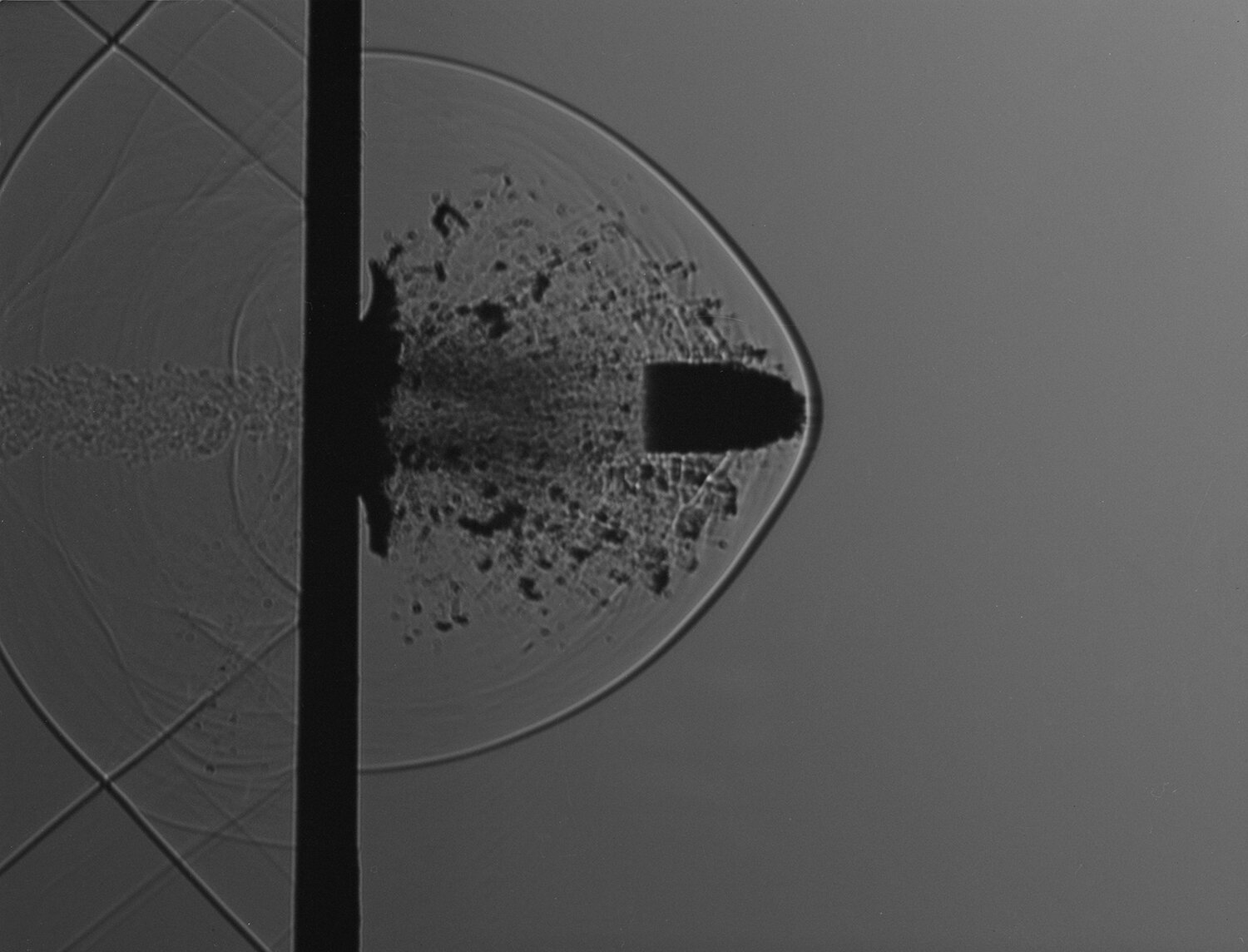
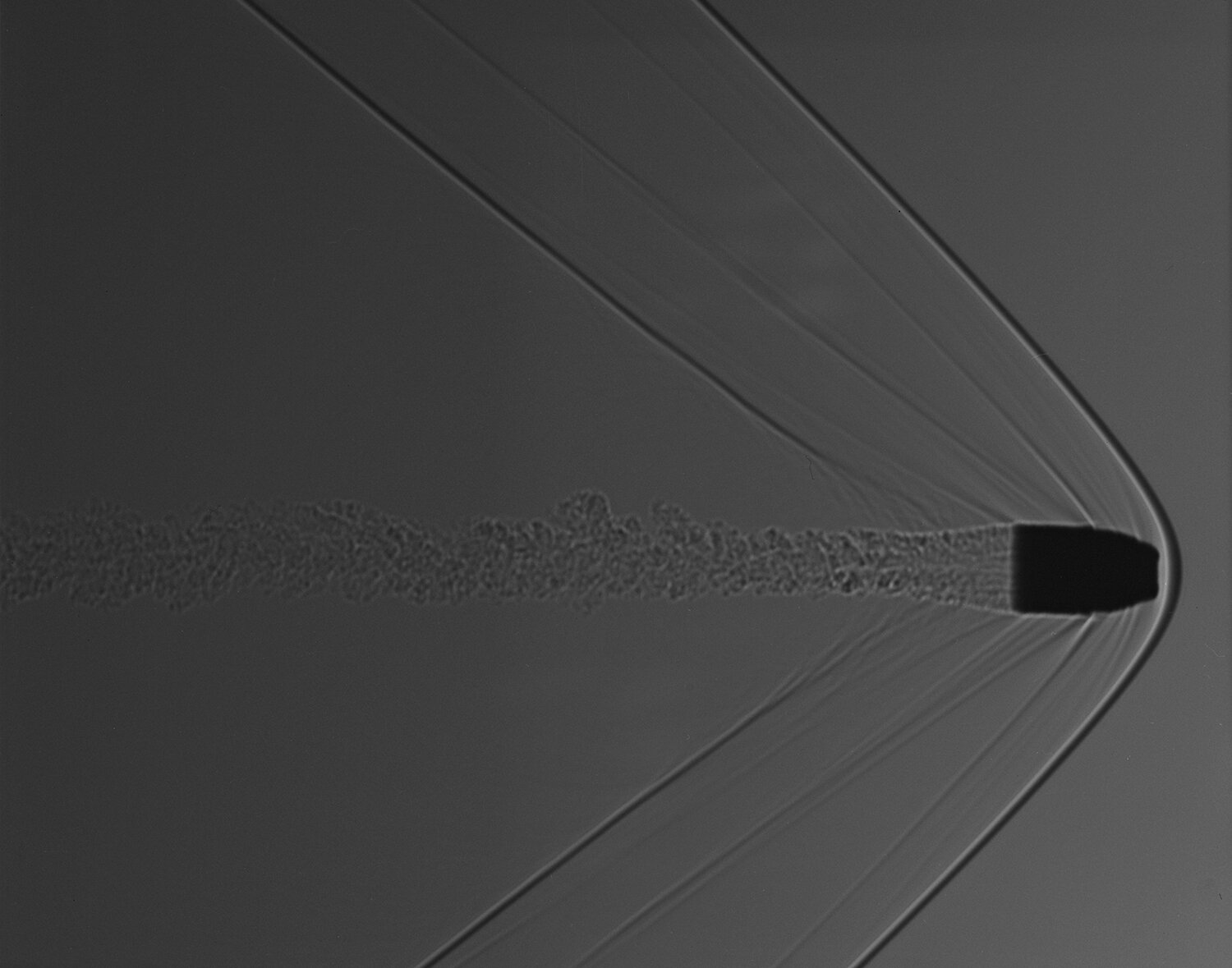
Filed Under: High Speed / Industrial
Arise Music Festival in Loveland, Colorado
Arise Music Festival 2014 in Loveland, Colorado
This summer I had a crazy long weekend in Loveland, Colorado directing the film of the Arise Music Festival for Freio Music. It was my first music festival and I really had no idea what to expect.
I was blown away. A spectacular festival that we all enjoyed — and boy was it wild. Capturing music 24/7 for 4 days. The animated crowd let loose in a town of free spirits where anything goes. True artists joined together for theatrical music performances, art installations and open fields for yoga classes. I was filming the unique pop-up community filled with acceptance and inspiration — a true “Loveland.”
The shoot was a blast and it wouldn’t have been possible without my extraordinary team. Together we created a film to share the wonderful memories and great music at the 2014 Arise Music Festival. Until next year guys!
What's your Oxygen
A image of a biker in El Mirage Dry Lake bed doing a wheelie shot for Santa Barbara Magazine
Corbis Images: Summer 2015
This summer was crazy busy but I did have time for a few shoots for Corbis Images Summer 2015. Here are a few of my favorites. A few of these are from Boulder, Coloradotaken in Eldorado Canyon. I just flat out love going into the canyons in Boulder there are so many different views and places to explore. I always wonder when I am way out there, if anyone has ever been to that exact place before.
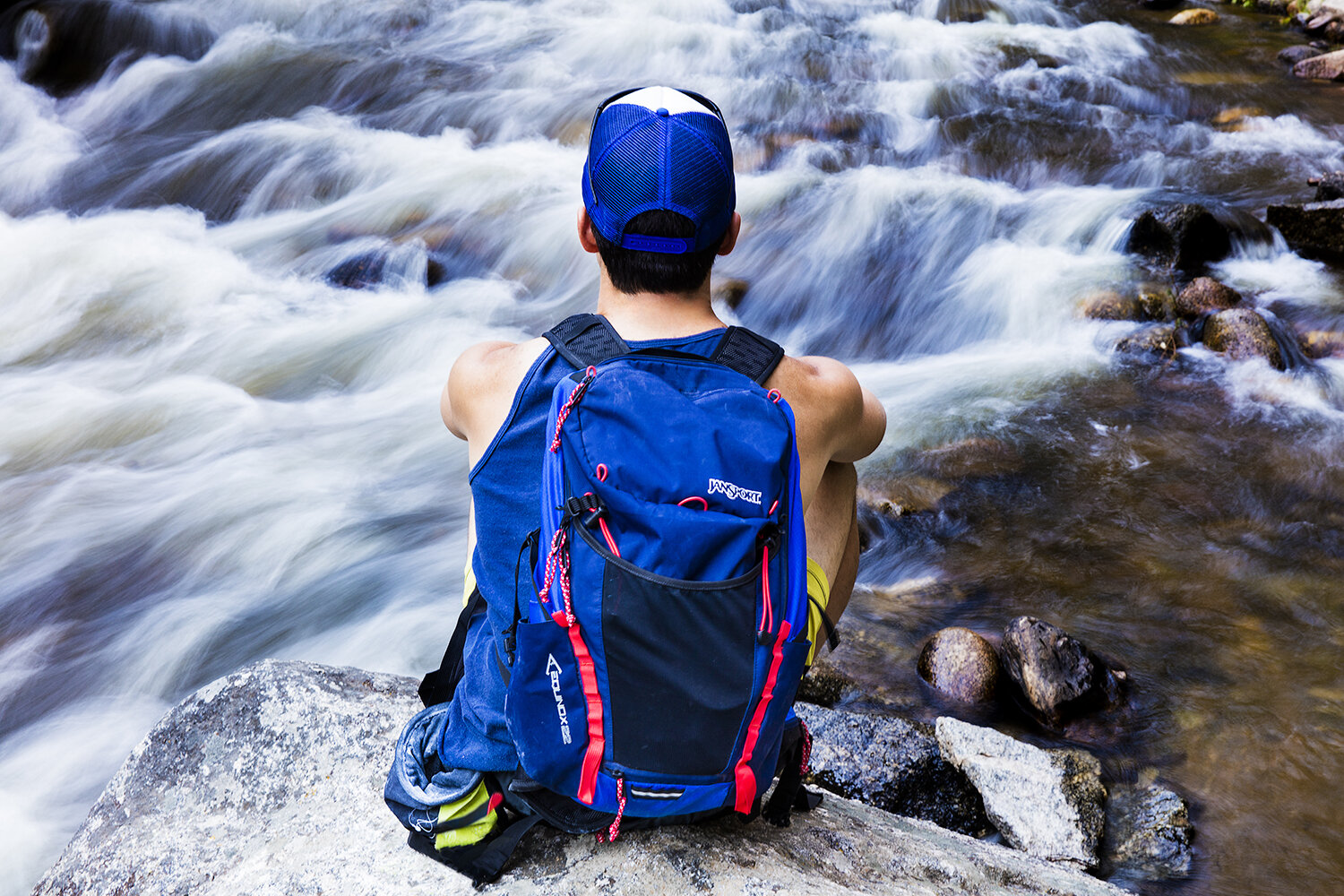
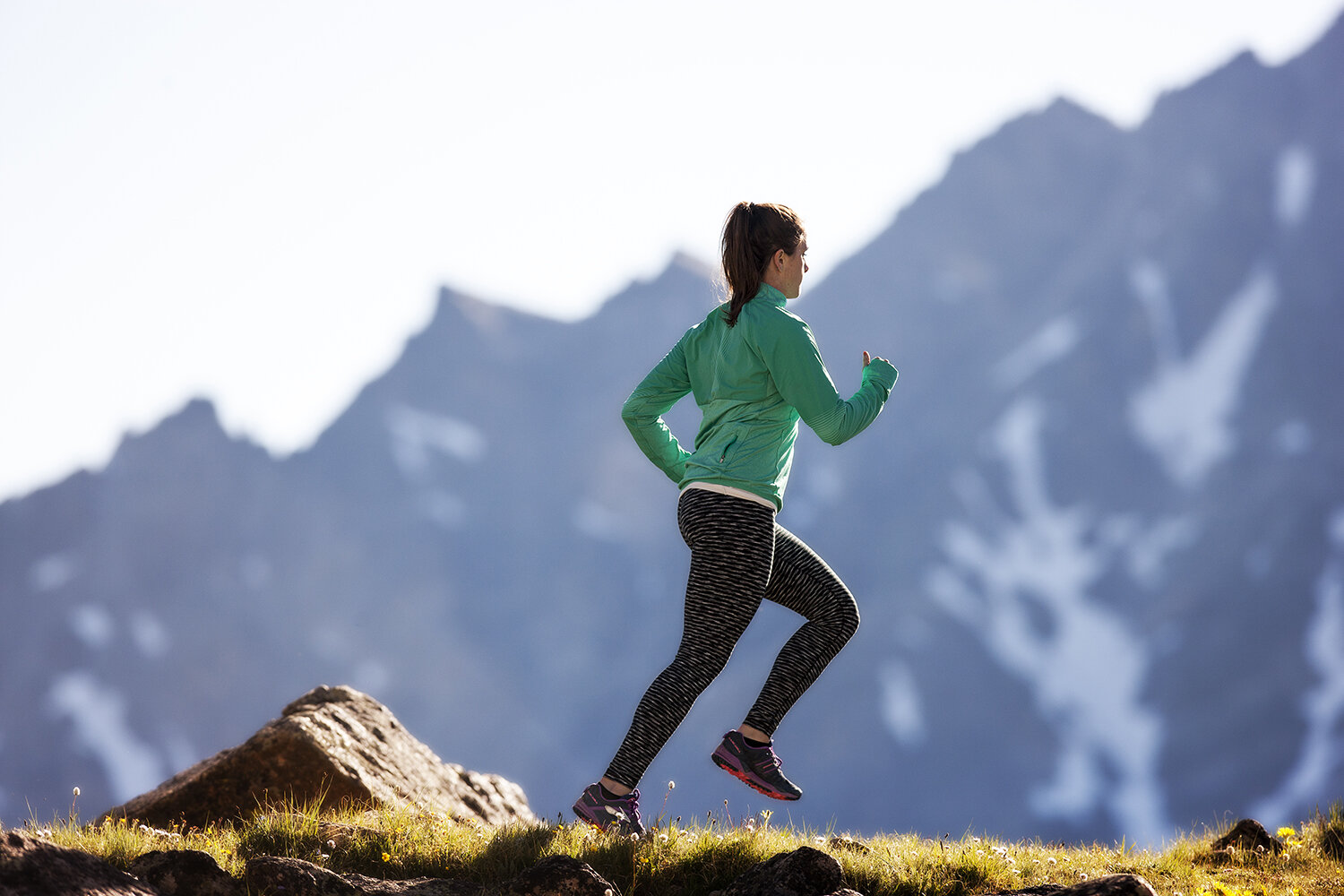

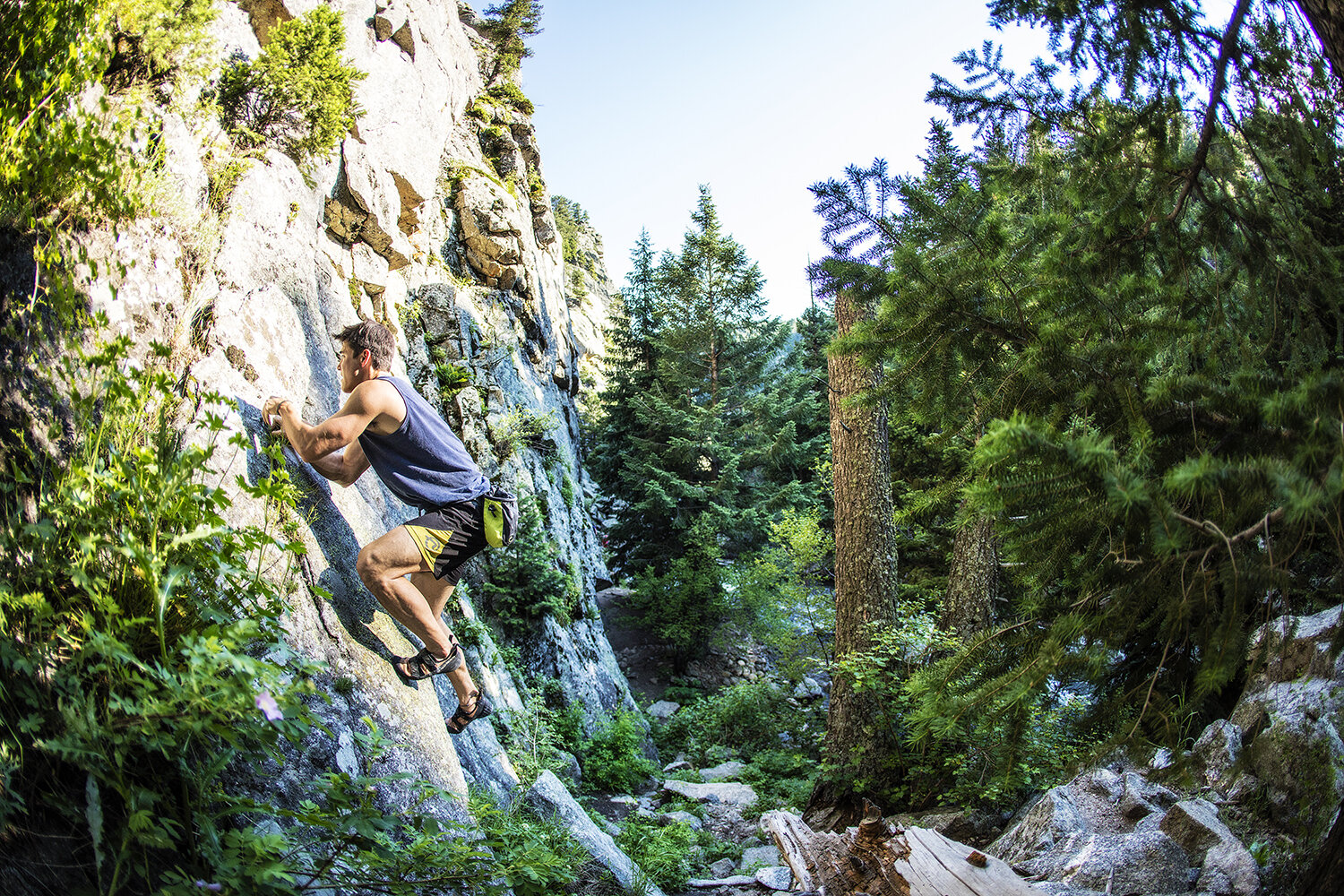
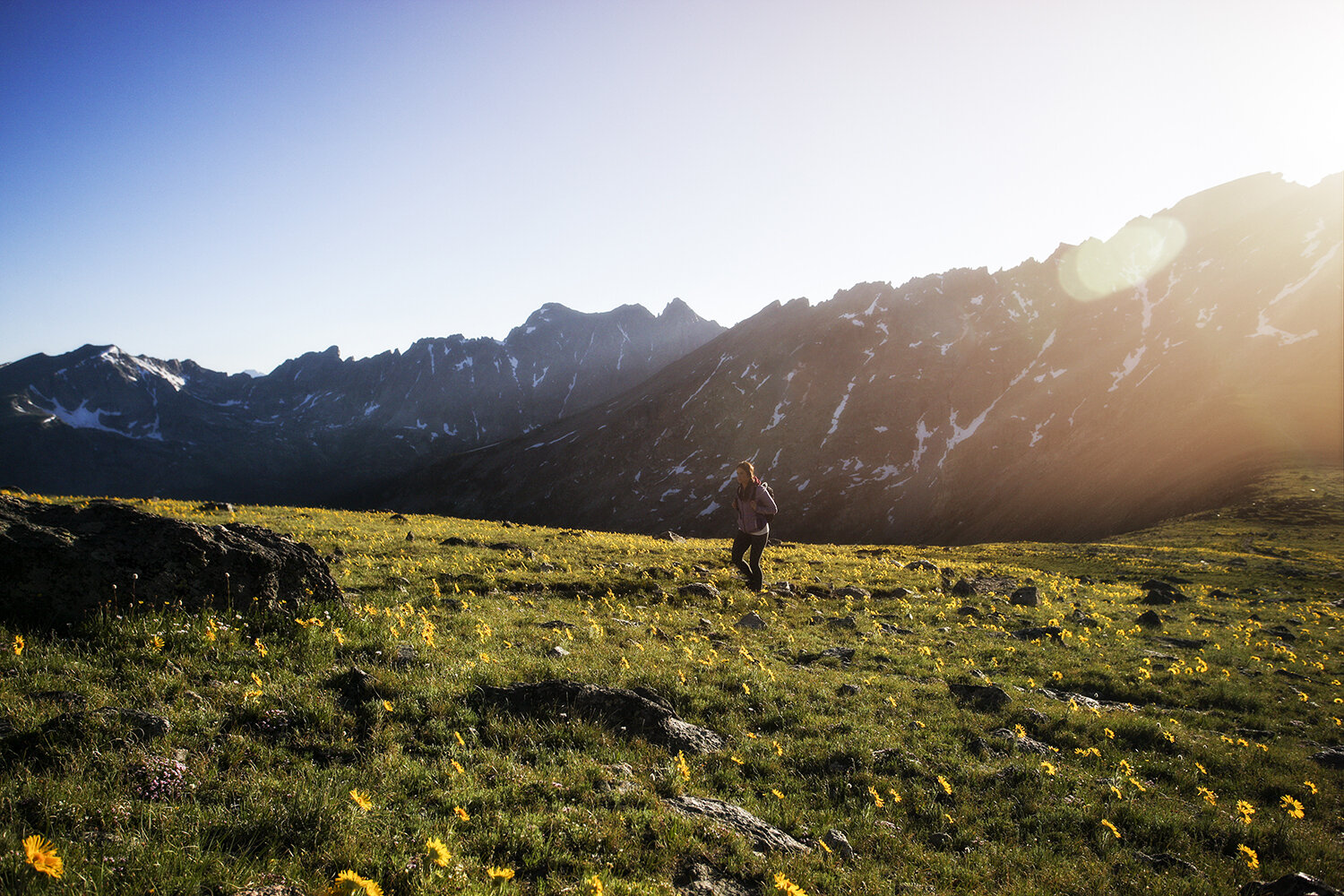

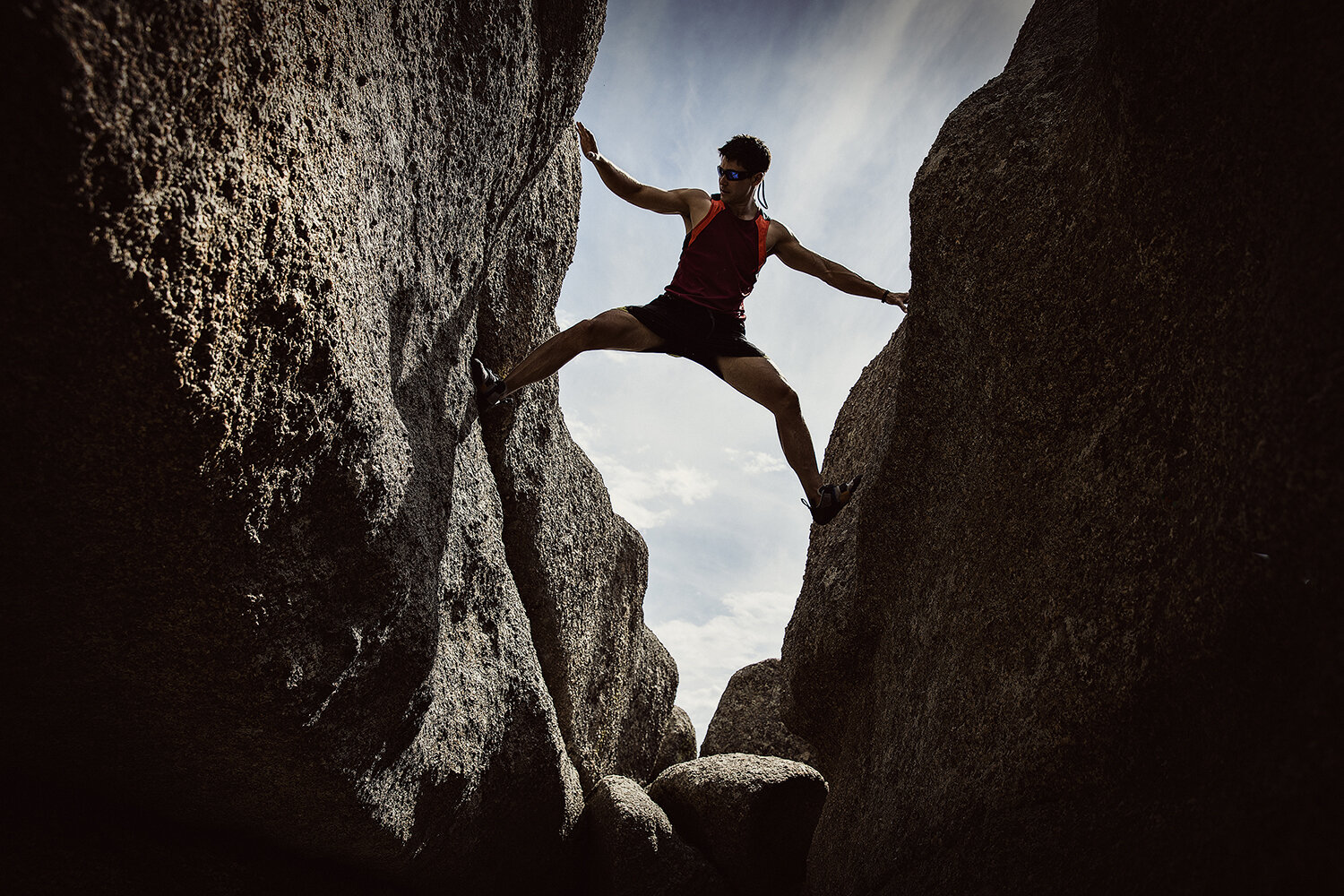
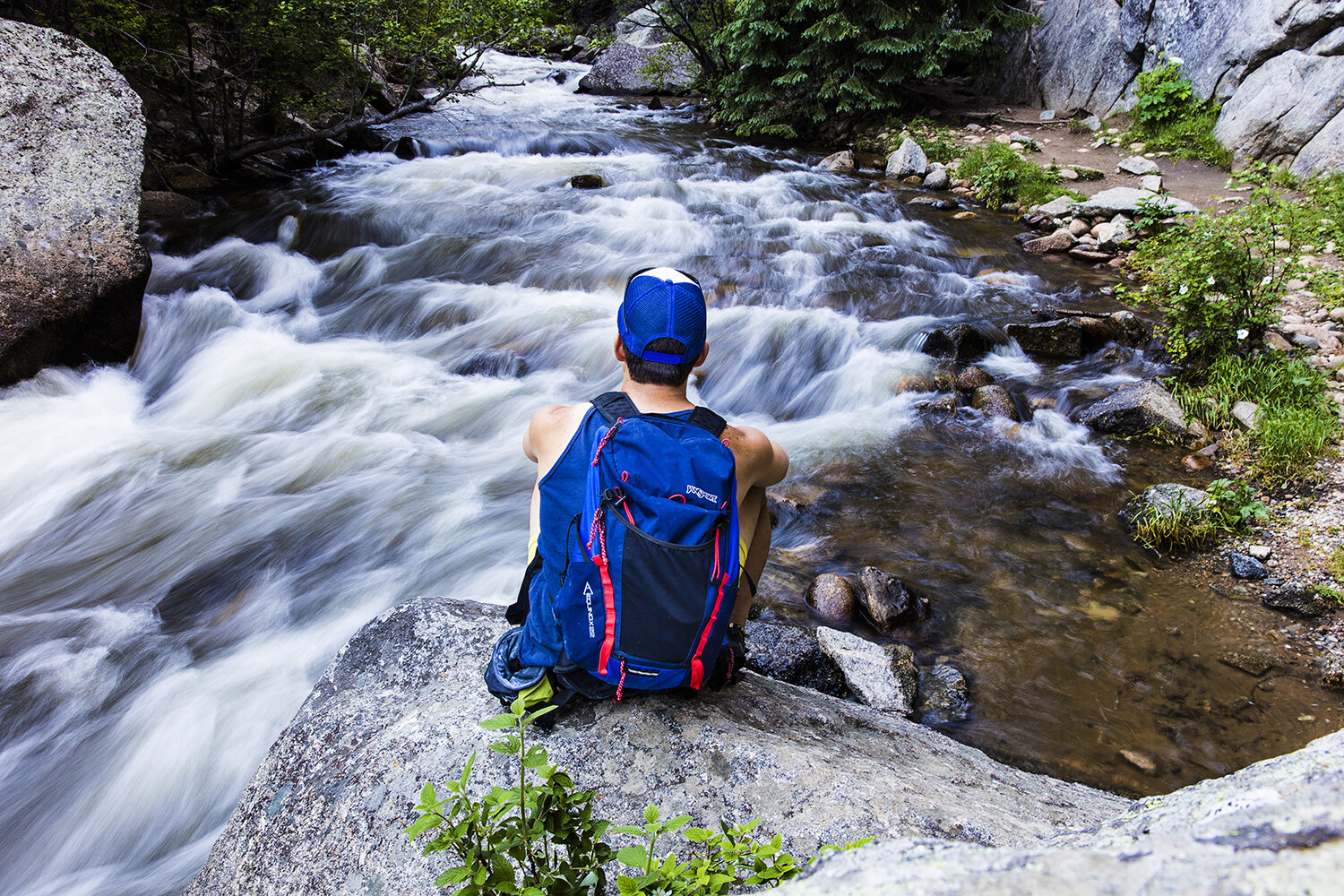
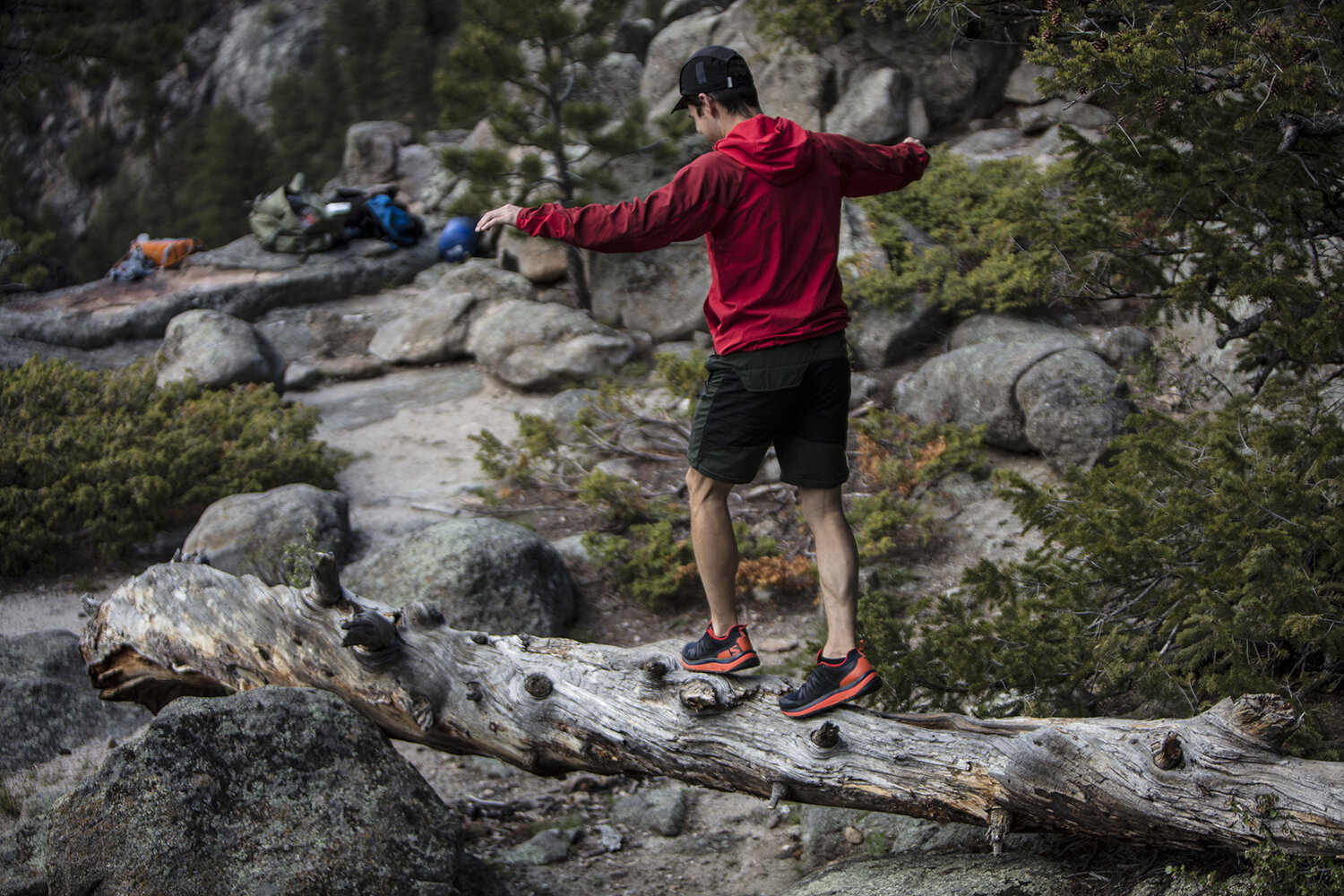
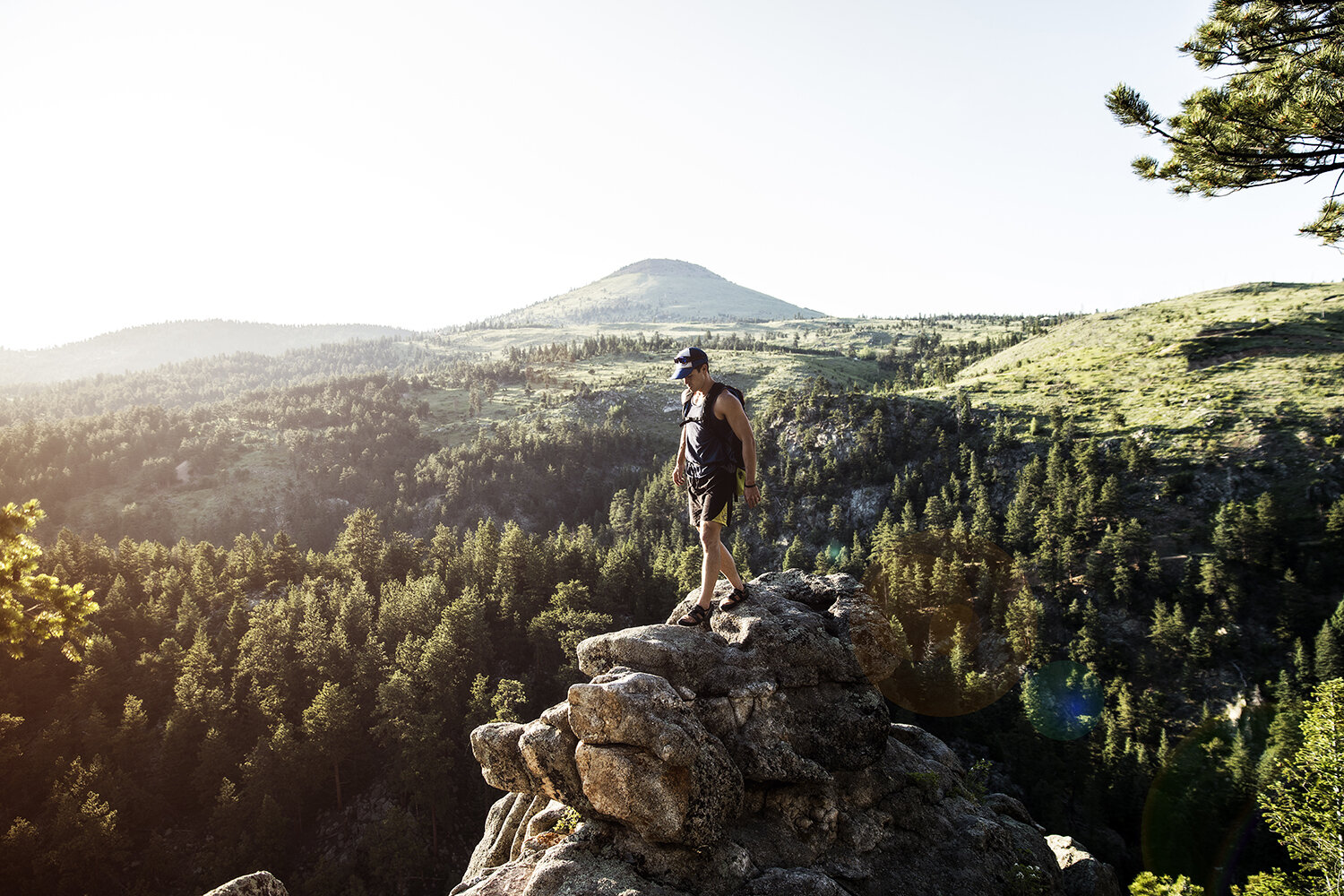
I took a quick trip to Vedauwoo, Wyoming to shoot a few rock climbers. Vedauwoo is full of some crazy trails and there were some serious climbers up there. It was pretty cool to hang there for a couple of days shooting and camping. Link to Corbis Images.






